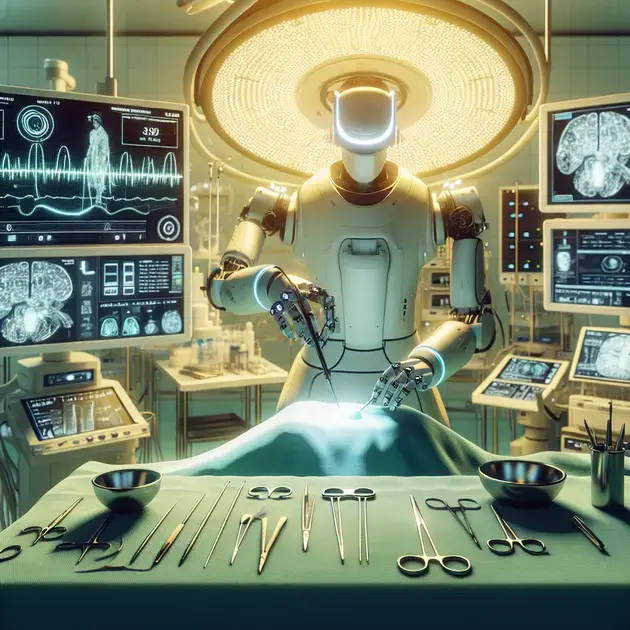The robot’s ability to replicate the techniques and movements of the surgeons by studying the videos has opened up new possibilities in the field of surgery. This breakthrough has the potential to alleviate the lack of skilled surgeons in various parts of the world and improve patient outcomes.
To train the robot, researchers provided it with an extensive database of surgical videos along with detailed medical information. The robot’s complex algorithms analyzed and learned from this data, identifying patterns and incorporating them into its programming. The process required significant time and computing power to ensure the robot’s actions would be precise and accurate.
After completing the training, the robot successfully performed a range of surgical procedures, including complex surgeries that demand a high level of precision. Independent experts evaluated the robot’s performance and confirmed its effectiveness was on par with human surgeons.
The implications of this breakthrough are significant, as the robot’s ability to perform surgeries could revolutionize healthcare systems worldwide. With its unmatched precision, the robot could reduce the risks associated with human error and enhance patient safety.
However, it’s important to note that the goal is not to replace human surgeons entirely but rather to complement and enhance their skills. The robot will serve as an additional resource to assist in surgical procedures.
In conclusion, researchers have trained a robot to perform surgical procedures with the same skill level as human doctors by analyzing videos of experienced surgeons. This breakthrough has the potential to transform the field of medicine, improving patient outcomes and addressing the shortage of skilled surgeons globally.
